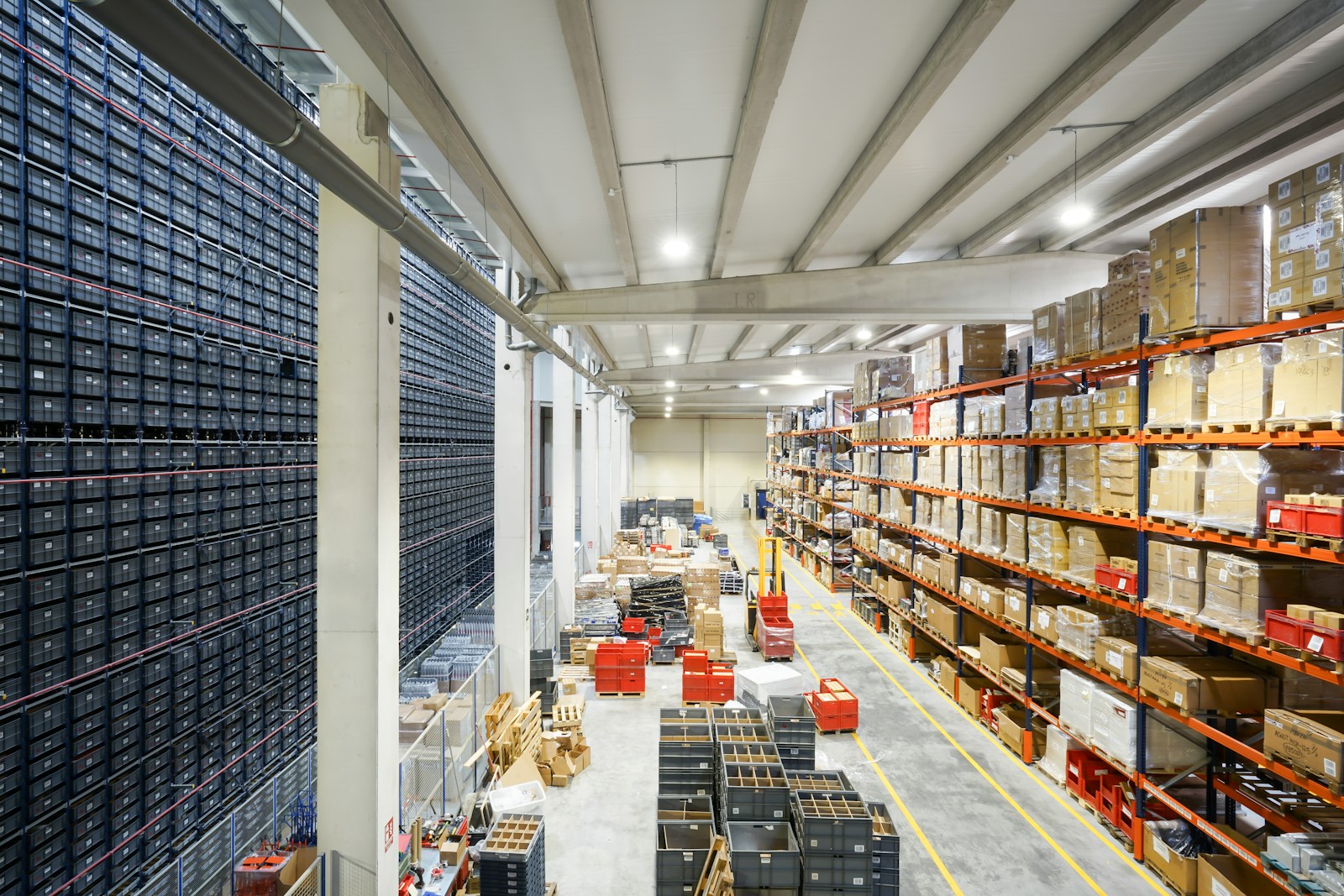Cold storage warehousing plays a crucial role in supporting the dairy industry by providing essential infrastructure for the storage and distribution of dairy products. From milk and cheese to yogurt and butter, maintaining optimal temperature conditions is paramount to preserve the freshness, quality, and safety of dairy products. This article explores the ways in which cold storage warehousing supports the dairy industry and contributes to its growth and sustainability.
- Preservation of Freshness and Quality
1.1 Temperature Control
- Maintaining Cold Chain: Cold storage warehousing ensures that dairy products are stored and transported within specific temperature ranges, preserving their freshness and quality from production to consumption.
- Preventing Spoilage: Controlled temperature conditions help prevent bacterial growth and spoilage, extending the shelf life of dairy products and reducing food waste.
1.2 Product Integrity
- Maintaining Texture and Flavor: Cold storage facilities maintain the texture, taste, and nutritional value of dairy products, ensuring they reach consumers in optimal condition.
- Quality Assurance: Rigorous temperature monitoring and control measures in cold storage warehousing provide quality assurance, meeting regulatory standards and consumer expectations for dairy product safety and integrity.
- Global Distribution
2.1 Extended Reach
- International Trade: Cold storage warehousing enables the global distribution of dairy products, allowing producers to access diverse markets and meet consumer demand worldwide.
- Year-Round Availability: Cold storage facilities support year-round availability of dairy products, overcoming seasonal production limitations and ensuring continuous supply to consumers.
2.2 Logistics Efficiency
- Optimized Supply Chain: Cold storage warehousing optimizes the dairy supply chain by providing efficient storage and distribution solutions, reducing transit times and ensuring timely delivery of products.
- Reduced Transport Costs: Consolidating dairy products in cold storage facilities near distribution centers or transportation hubs reduces transportation costs and improves logistics efficiency.
- Inventory Management
3.1 Inventory Optimization
- Just-In-Time Delivery: Cold storage warehousing supports just-in-time delivery practices, allowing dairy producers to maintain optimal inventory levels and minimize storage costs.
- Demand Forecasting: Advanced inventory management systems in cold storage facilities use data analytics to forecast demand, helping dairy companies optimize production schedules and inventory replenishment.
3.2 Seasonal Variations
- Managing Seasonal Demand: Cold storage warehousing helps dairy producers manage seasonal variations in demand by providing additional storage capacity during peak periods and minimizing overstocking during off-peak seasons.
- Flexible Storage Solutions: Flexible storage options in cold storage facilities accommodate fluctuations in dairy product volumes, allowing producers to adapt to changing market conditions effectively.
- Value-Added Services
4.1 Product Customization
- Temperature-Sensitive Processing: Cold storage facilities offer value-added services such as temperature-sensitive processing, packaging, and labeling, catering to specific customer requirements and enhancing product differentiation.
- Private Labeling: Dairy producers leverage cold storage warehousing to facilitate private labeling and branding initiatives, expanding market reach and enhancing brand visibility.
4.2 Cross-Docking
- Efficient Distribution: Cross-docking services provided by cold storage warehousing enable seamless transfer of dairy products between inbound and outbound transportation vehicles, reducing handling and storage times and improving distribution efficiency.
- Just-In-Time Fulfillment: Cross-docking facilitates just-in-time fulfillment of dairy product orders, minimizing inventory holding costs and enhancing overall supply chain agility.
- Technology Integration
5.1 IoT and Automation
- Real-Time Monitoring: Integration of IoT sensors in cold storage facilities enables real-time monitoring of temperature and humidity levels, ensuring optimal storage conditions for dairy products.
- Automated Systems: Automated storage and retrieval systems in cold storage warehousing streamline inventory management processes, improving efficiency and reducing labor costs.
5.2 Traceability Solutions
- End-to-End Visibility: Traceability solutions integrated into cold storage facilities provide end-to-end visibility into the dairy supply chain, enhancing product traceability and recall management capabilities.
- Compliance Management: Cold storage warehousing supports compliance with regulatory requirements through traceability solutions, ensuring adherence to food safety and quality standards.
Cold storage warehousing is indispensable to the dairy industry, supporting the storage, distribution, and global trade of dairy products while maintaining their freshness, quality, and safety. By providing temperature-controlled storage solutions, optimizing inventory management practices, offering value-added services, and integrating advanced technologies, cold storage facilities contribute to the growth and sustainability of the dairy industry. As consumer demand for dairy products continues to rise, the role of cold storage warehousing becomes increasingly vital in ensuring a seamless and efficient dairy supply chain.


 Dave McGowan has been a member of the WEL Family since May 1989. He is a husband and father of two children. Dave is also a U.S. Army veteran and served in Vietnam in 1971-1972, and he attended driving school soon after he was released from the military in 1974.
Dave McGowan has been a member of the WEL Family since May 1989. He is a husband and father of two children. Dave is also a U.S. Army veteran and served in Vietnam in 1971-1972, and he attended driving school soon after he was released from the military in 1974. During his career with WEL, Phil has worked as a driver, dispatcher, terminal manager and customer service manager. He says he always was a driver first, though non-driving jobs taught him financial management that helps him as an owner-operator.
During his career with WEL, Phil has worked as a driver, dispatcher, terminal manager and customer service manager. He says he always was a driver first, though non-driving jobs taught him financial management that helps him as an owner-operator.